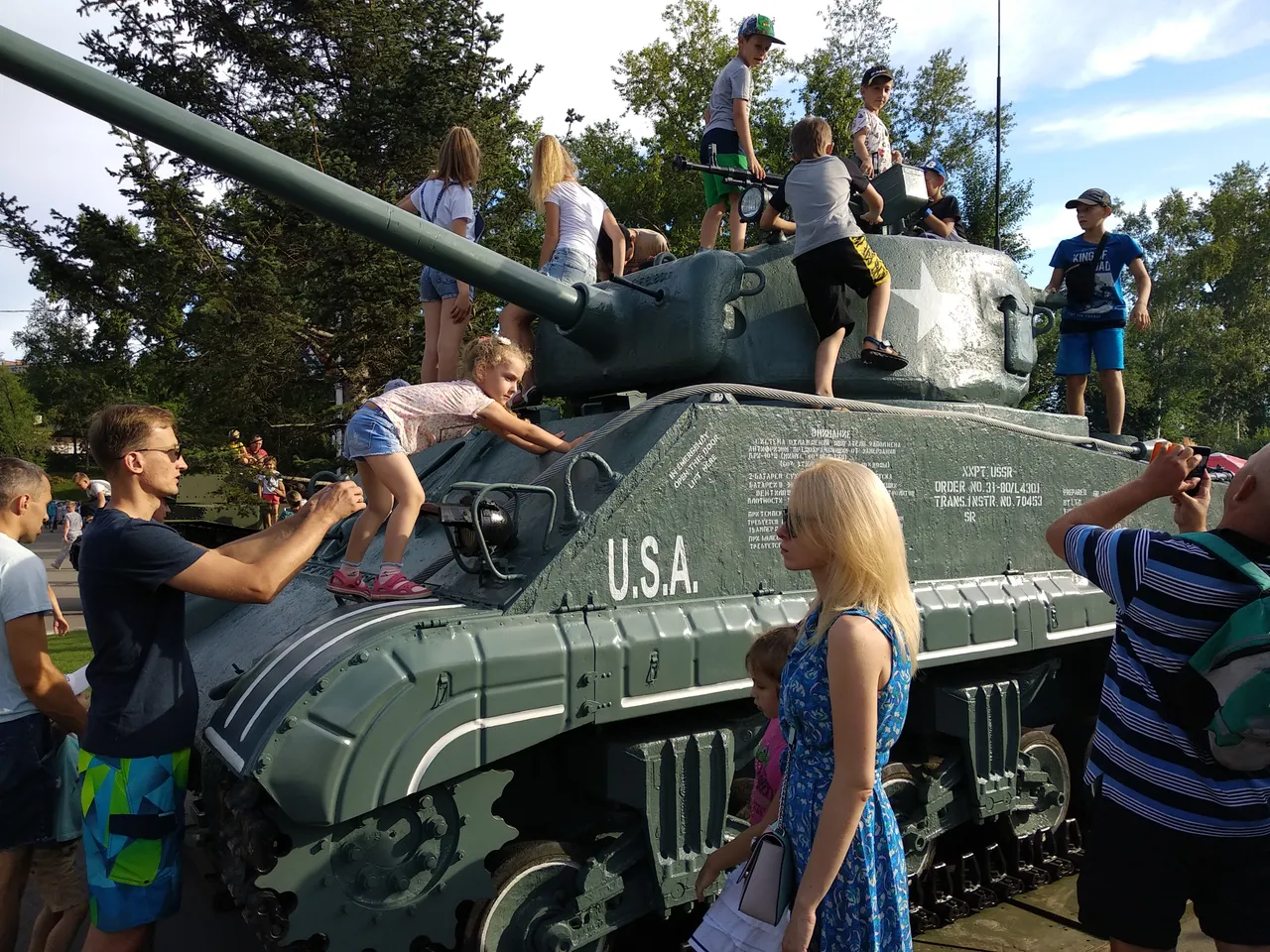On the exebition in Khabarovsk presented a restored American tank M4A2, better known as "Sherman" (Sherman). After lying 73 years on the bottom of the Barents Sea, the combat vehicle is again on the move, and its armament is in working order.
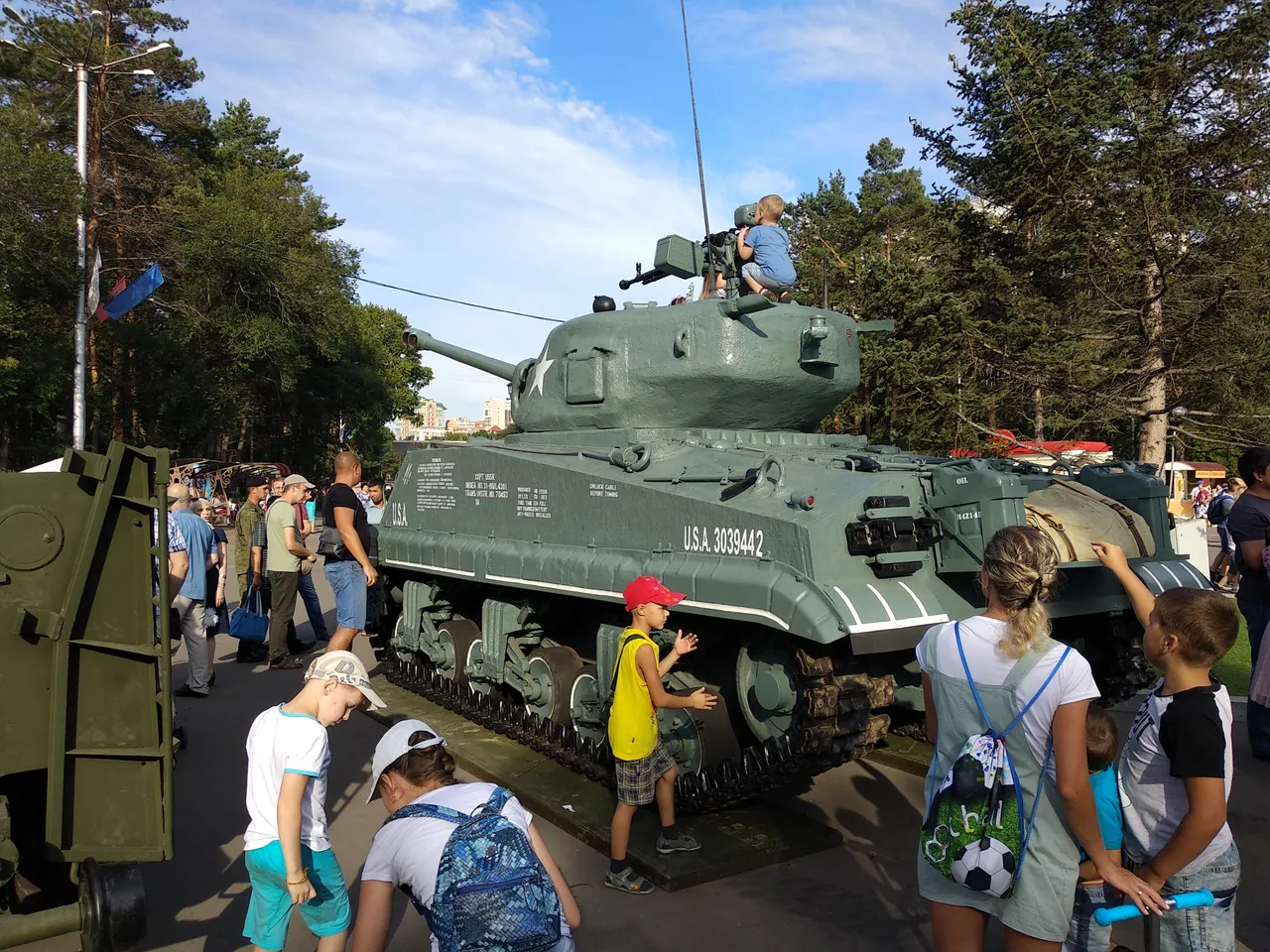
Tank M4A2 "Sherman" after the legendary domestic T-34 was the second most massive tank of the Second World War.
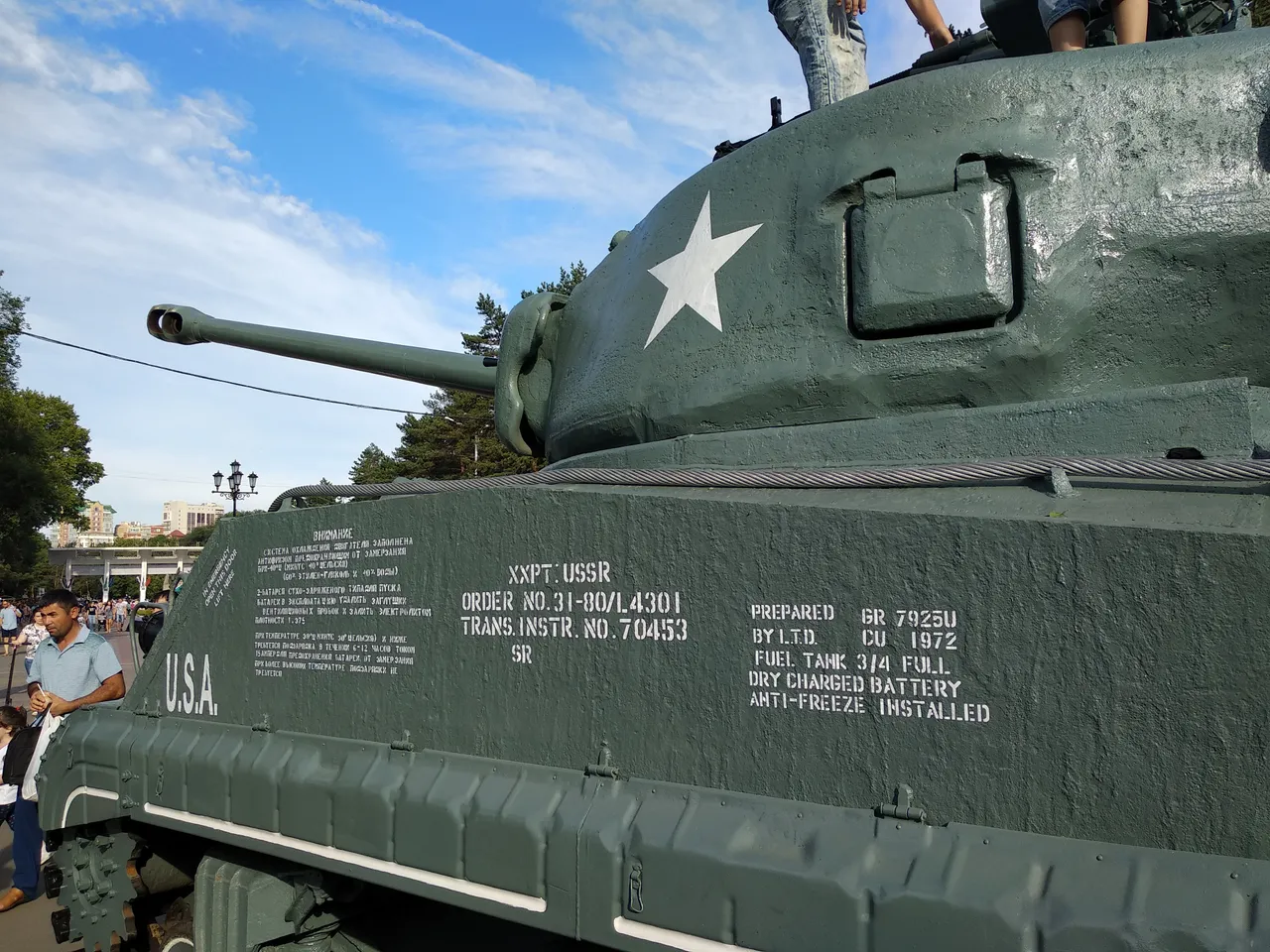
A total of 49,234 units were produced from February 1942 to July 1945. Their baptism of fire "Shermans" were received in North Africa when, as part of the Anglo-American troops, they participated in the defeat of the African corps of General Erwin Rommel.
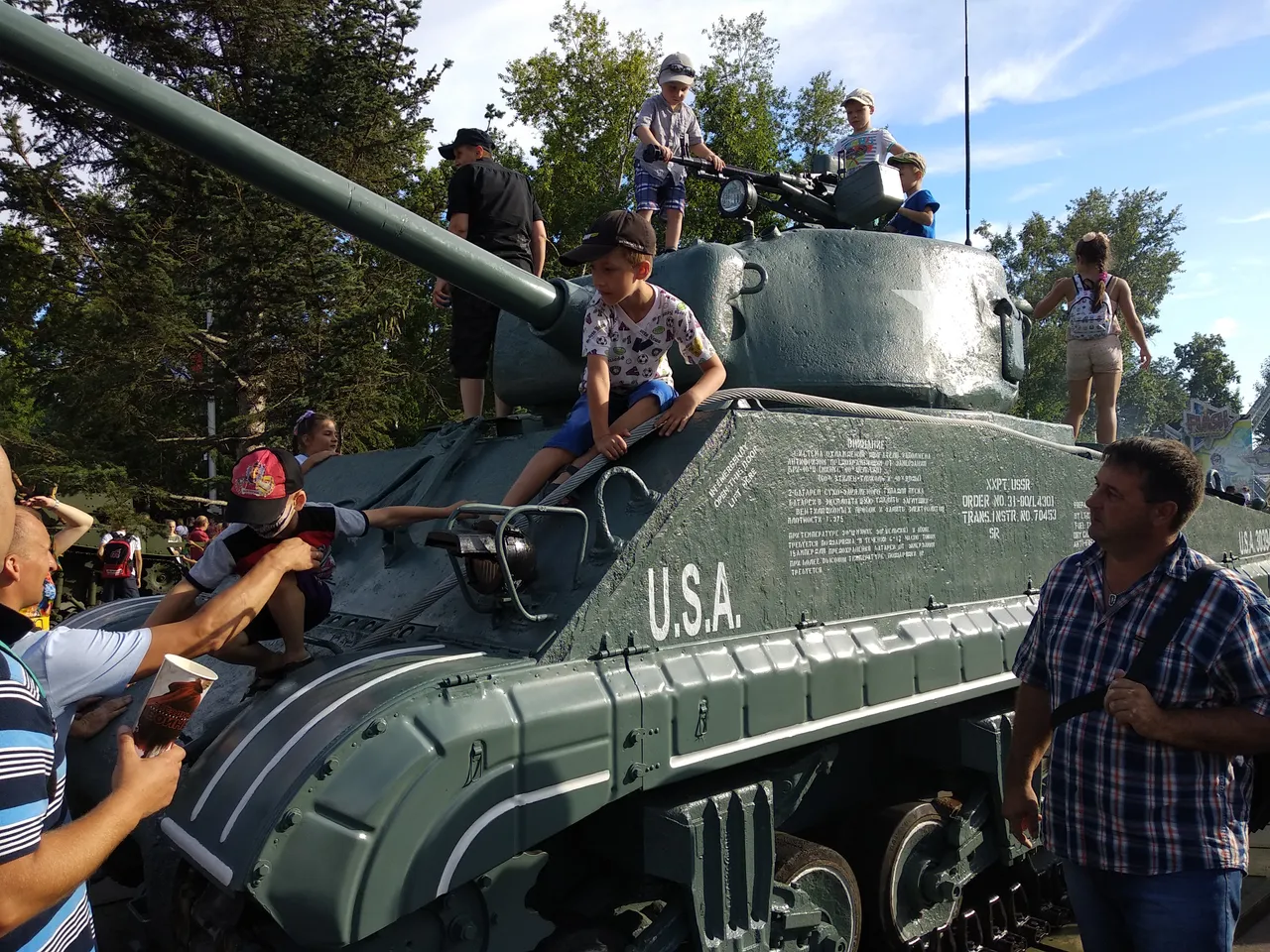
In this theater of military operations, the M4 proved to be the strongest. And already in 1942-1943, the "Americans" were transported to the USSR by lend-lease, after which they went into battle on the Soviet-German front.
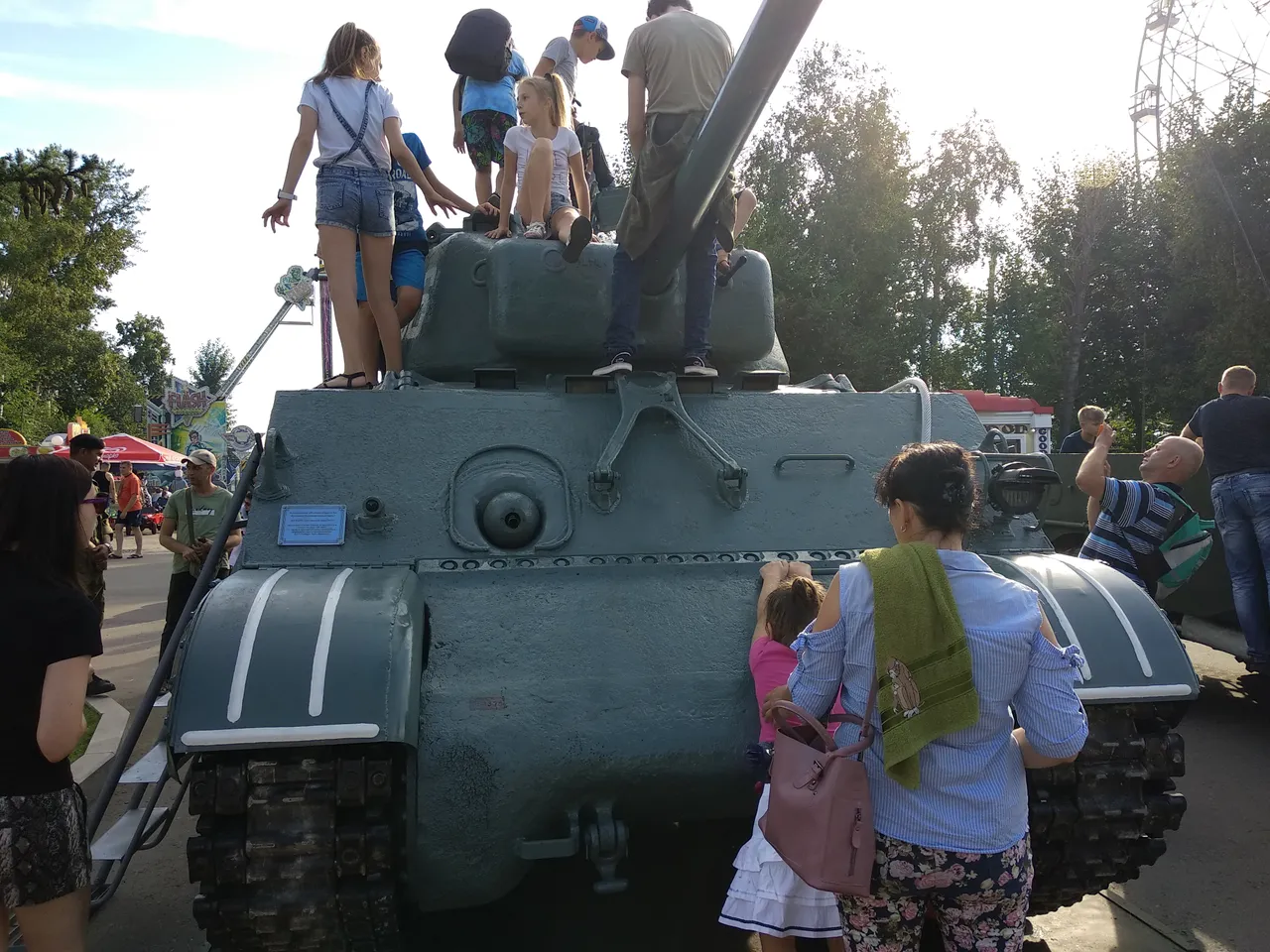
In particular, the "Sherman", which the Soviet soldiers called "emcha", from the name M4, took part in the Battle of Kursk, the liberation of Ukraine, Belarus, Poland, Czechoslovakia and Austria, as well as in the storming of Berlin.
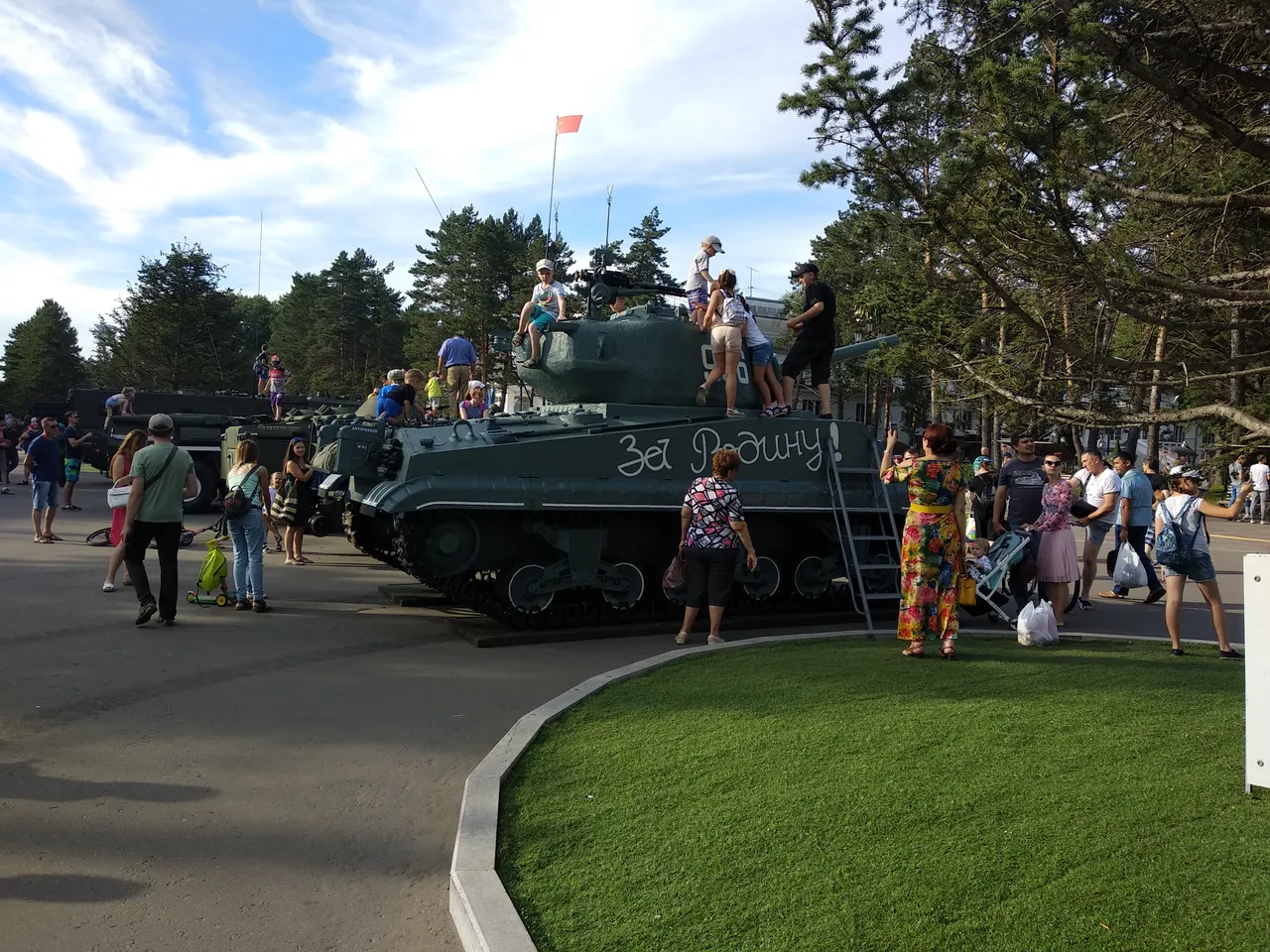
Represented in Khabarovsk, the restored "Sherman" did not manage to participate in the battles.
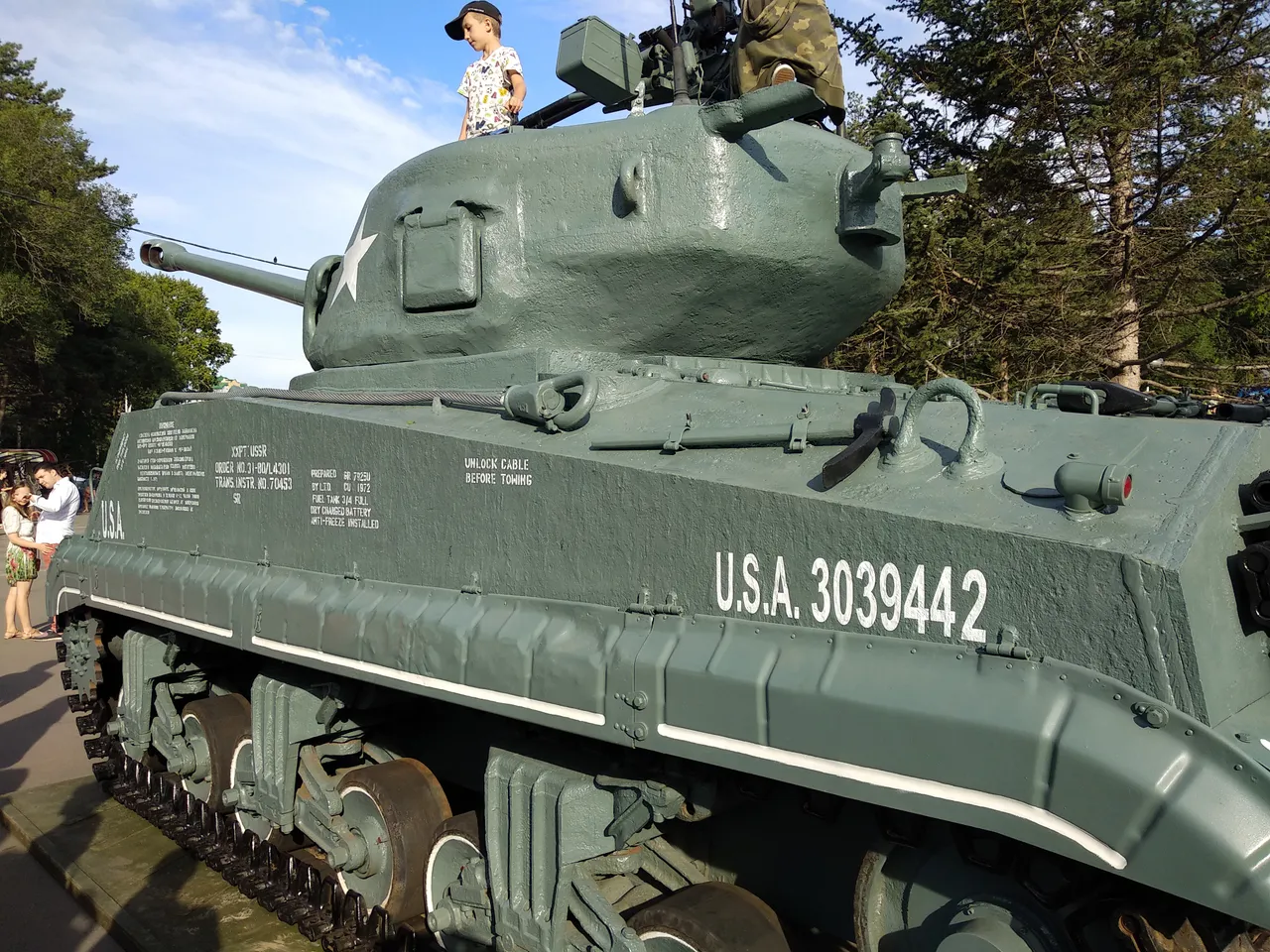
In March 1945, the ship "Thomas Donaldson" with a cargo of military equipment was sent to Murmansk in the Barents Sea, but it was torpedoed by a German submarine and left on the bottom together by airplanes, locomotives and tanks.
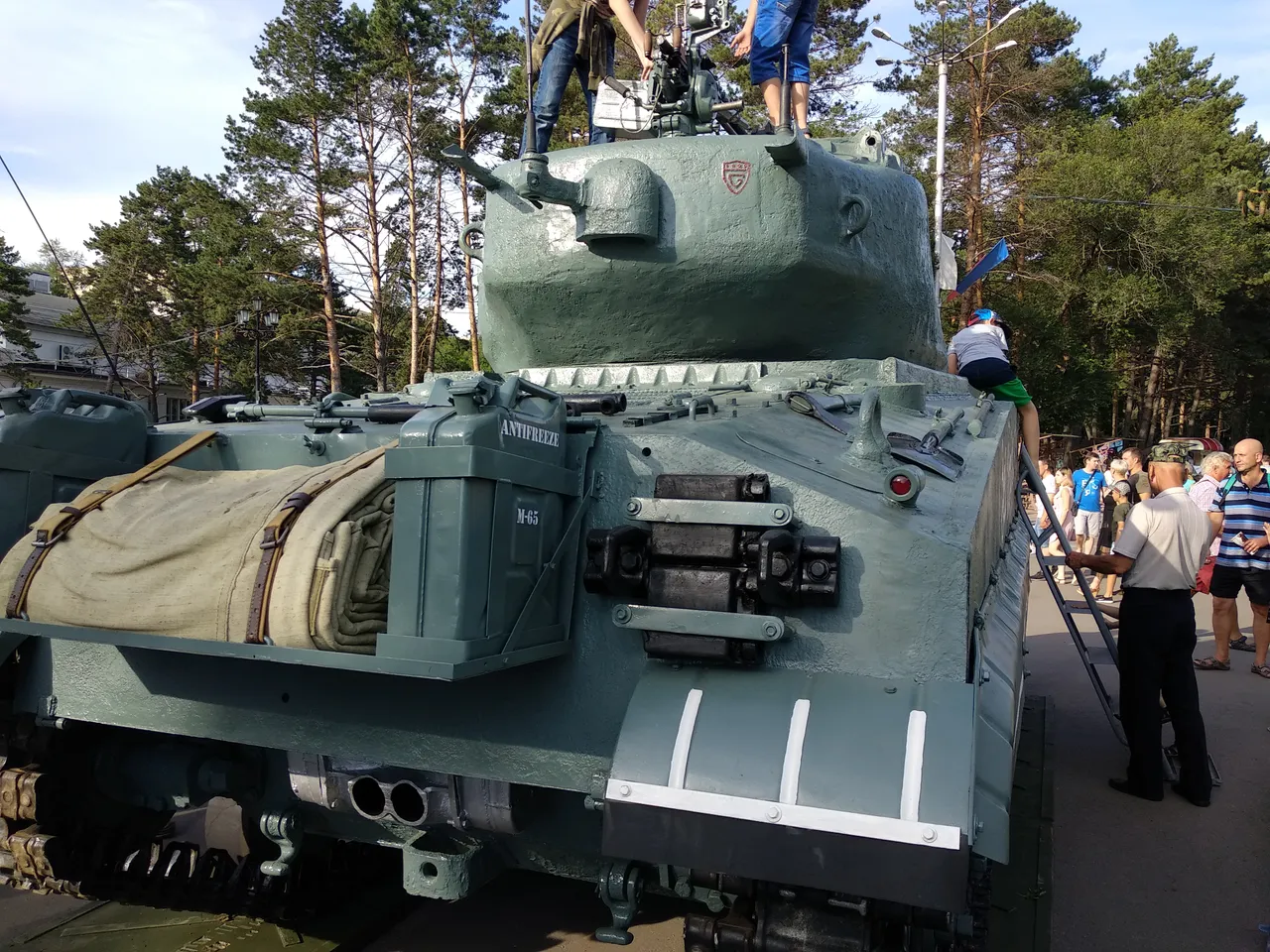
As a result, American M4A2 stayed under water almost 73 years, until they were found by divers of the Northern Fleet. It was decided to raise combat vehicles from the seabed, and one of them to be sent for restoration to Primorsky Krai.
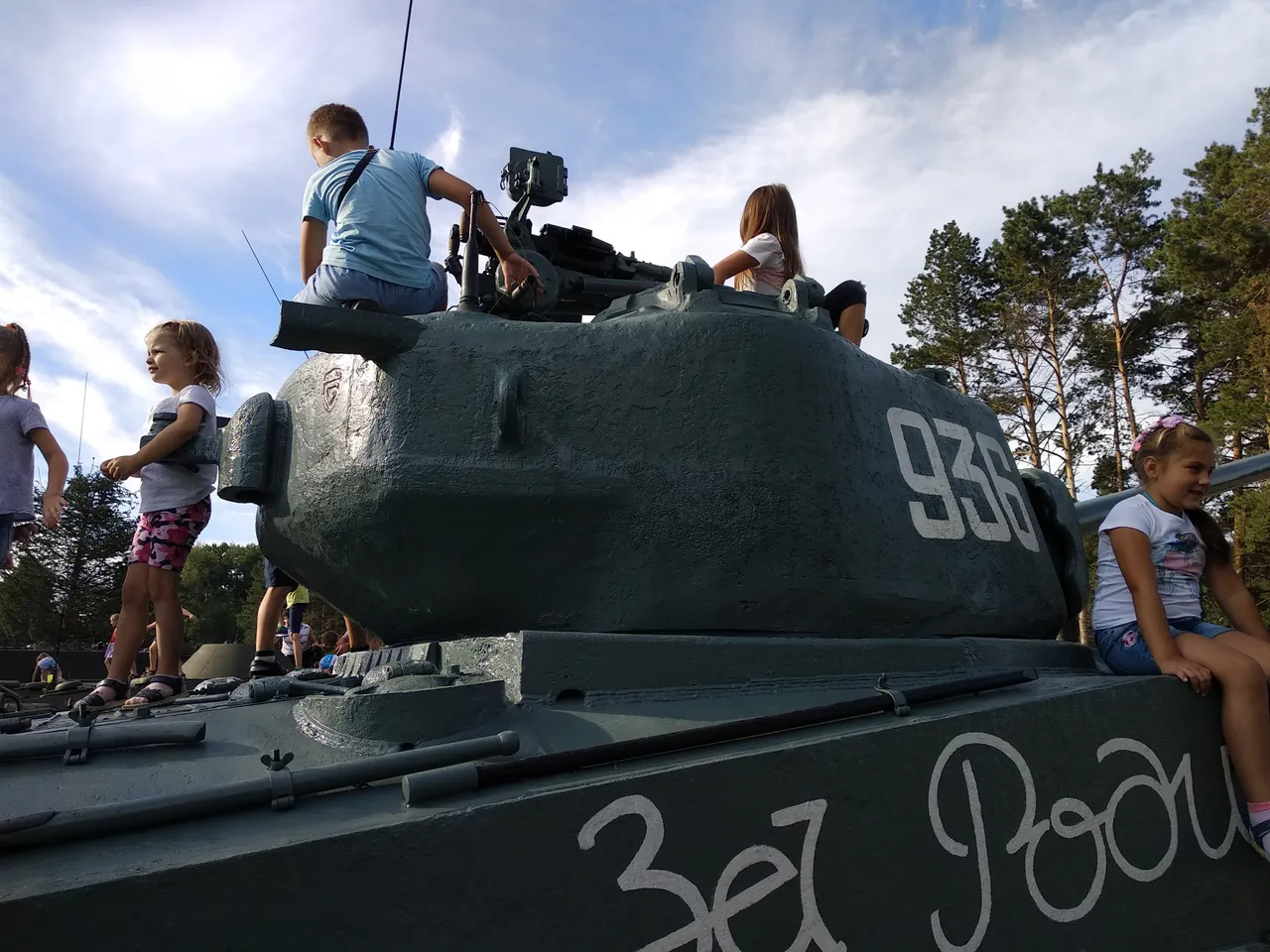
First, the "American" was delivered by IL-76 aircraft to military transport aircraft to Vladivostok, and then transported to Arseniev for the storage of armored weapons.
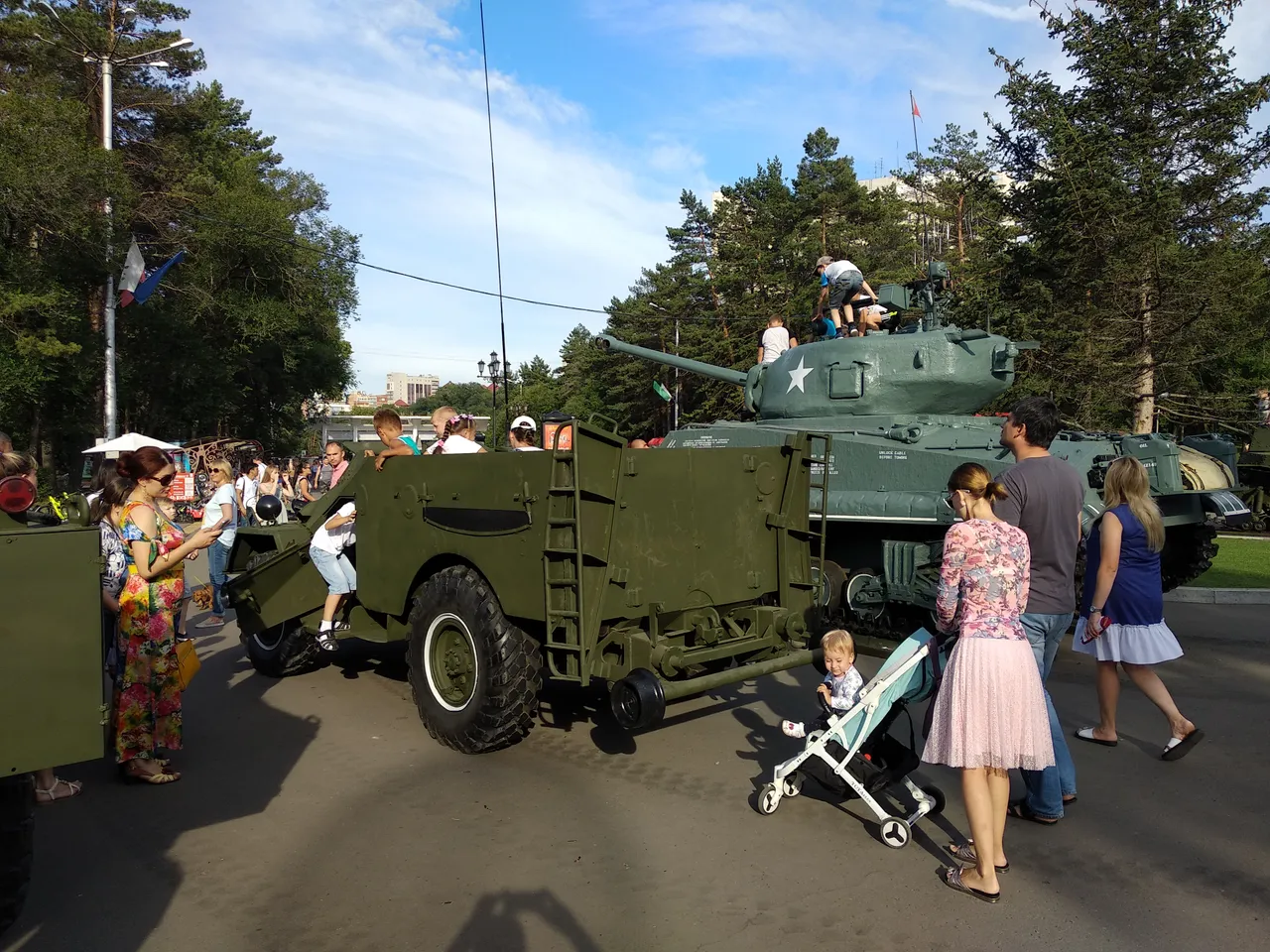
Here, according to the commander of the central storage base for armored vehicles Lieutenant Colonel Dmitry Kashchaev, from April to July 2018, the work on the return to life of the old combat vehicle was boiling - from cleaning the tank from rust, mud and silt to replacing parts. First "Sherman" was supposed to be restored until May 9, but there were more works than the restorers expected.
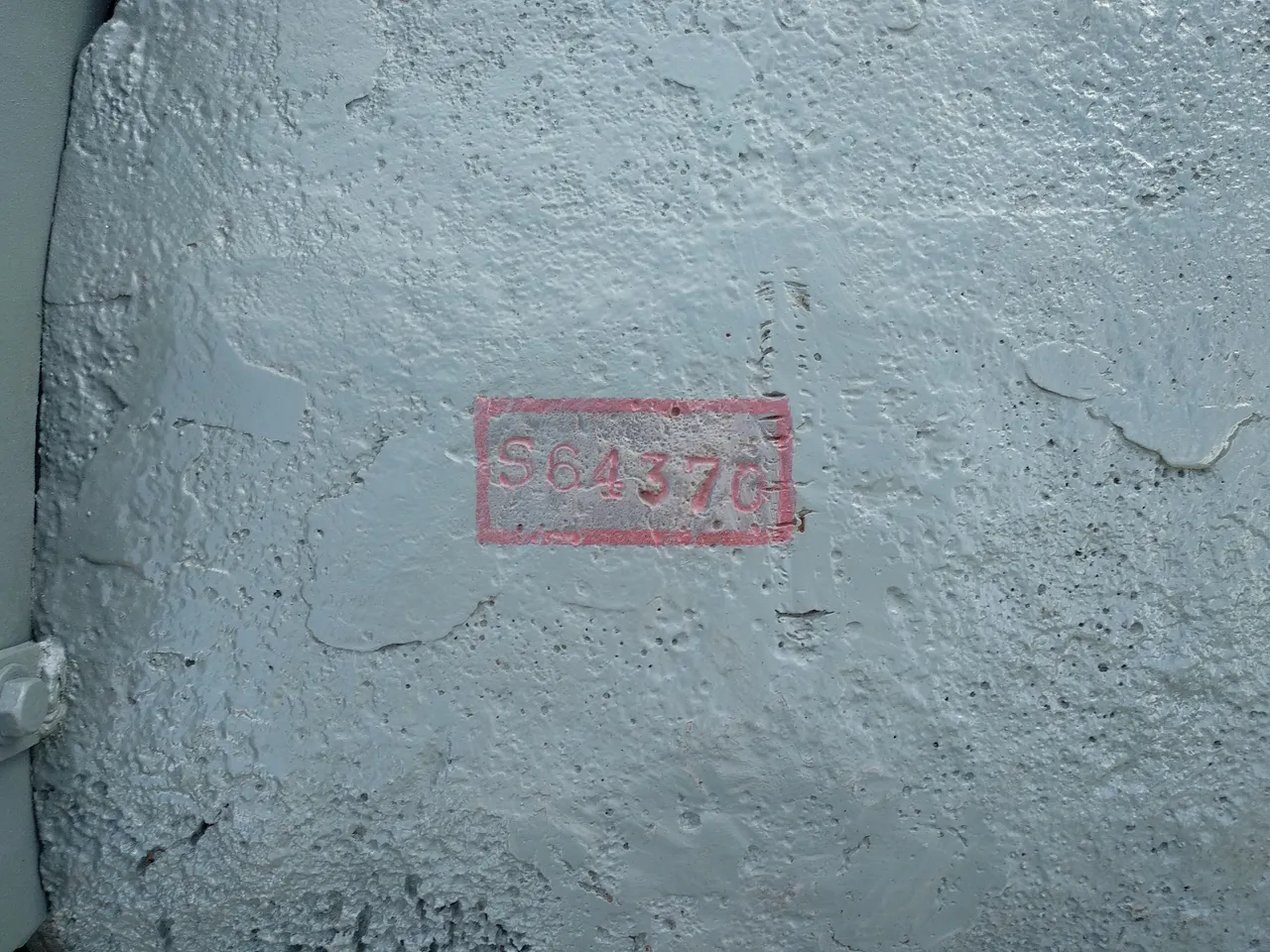
Worked on the tank, sparing no personal time, servicemen assisted by experienced specialists of the city-forming enterprises of Arsenyev PJSC Progress and PJSC Askold. All of them, as well as their relatives and friends, attended the solemn ceremony of rolling out the Sherman and demonstrating its running possibilities
